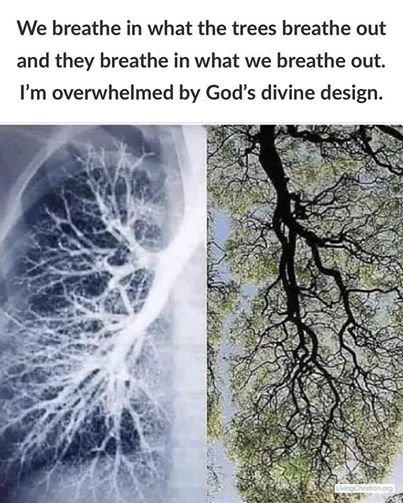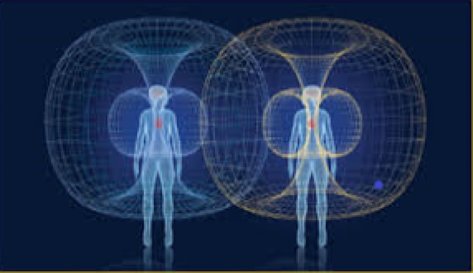PURE YOGA JOY


"OUR PICTURE OF REALITY SHAPES OUR ATTITUDE AND ACTIONS.
WHEN WE SEE THE BODY AS A STRUCTURE OF HEAVY, INTRACTABLE MEAT AND BONES, ALL WE CAN DO IS CUT IT OR DRUG IT OR OTHERWISE MANIPULATE IT FROM THE OUTSIDE. BUT LET US CREATE A DIFFERENT PICTURE AND SEE THE BODY AS RHYTHM AND EMPTINESS, AS ELEGANT, ETHEREAL FIELDS OF WAVES JOINED IN INNUMERABLE FEEDBACK LOOPS TO MAINTAIN A RELATIVELY STABLE STRUCTURE.
THOUGHTS AND FEELINGS CAN SET OFF SYMPATHETIC VIBRATIONS IN THIS STRUCTURE; THE DEEPER INTENTIONALITY CAN PRODUCE TRANSFORMATION IN DAYS, HOURS, SOMETIMES AND MINUTES.
NO LONGER ARE WE CONCERNED WITH QUESTIONS OF "INSIDE" OR "OUTSIDE, " FOR THESE LIMITING CATEGORIES DO NOT EXIST IN THE REALM OF PULSING WAVES. EACH BODY COMPLETES THE UNIVERSE AND IS INVOLVED IN THE UNIVERSAL EVOLUTION."
A Holistic Philosophy of GEORGE LEONARD, THE SILENT PULSE

OUR ENERGIES are ONE
with
GOD's DIVINE UNIVERSE
The Theory of *HA-THA* can be expressed as *A Perfect Harmony* based on the Yin-Yang ‘style’ of Yoga:
In the many modalities of Hatha Yoga, we focus on varying motivations during asana practices (postures). We routinely bring our awareness ‘outward’ to our physical, energetic body, and ‘inward’ on a deeper more spiritual level. In Taoists' Yin/Yang theory, there is a polarity of two energies that are ultimately inseparable. A philosophy represented in the famous yin/yang symbol, a circle comprising two halves, one black side and one white, separated with an S shape line, in the center of each side is a dot of the opposite’s shade. The black side represents yin and the white, yang. In the symbol they appear as separates, however, the S shape line that divides the two shades represents an eternal entwinement, a continuous flow into one another. This can be understood as the + and – poles of existence.

Hatha yoga also reflects a similar theory of polarity, where *ha* = yang equates to masculine, holding heat, energy, power, and bright as expressed in the sun, and *tha* = yin which equates to feminine, cooling and passive, deep and dark, expressed in the moon.
In applying this theory to our yoga asanas, a yang sequence corresponds to our outer body, it is more dynamic, focused on breath and allows for continuous flow and movement. It is typically a practice that creates heat and energy, and strengthens our muscle. A yin sequence, corresponding to the inner body, is more focused on softening of the muscles, sinking deeply into each asana to reach the deep connective tissues which form our joints, and stretching in more restorative and passive asanas.
I often change the rhythm of sequences, depending on my own energy in the moment. Our bodies and moods change, and the flow of our asana practice should be a respectful reflection of these subtleties, and a complement to our bodies.
Sessions, depending on the class, mood, and time of day, typically start with a few Yin stretches to gently waken the inner body and deep tissues. Moving into more dynamic yang asanas with rhythmic sun salutations, and strengthening postures, to waken the outward body bringing heat, energy and movement to our joints. With rhythmic breathing allowing us to focus the mind and bring attention to our center, our core. Coming back to a beautiful yin based sequence of deep, restorative stretches help to calm the body. Flowing through the yin sequence gently guides the mind and body into a relaxed state. Holding postures for a longer period of time, the body cools and our breath deepens, creating a natural flow into a final savasana. Physical and mental balance and harmony, integrate with our body, mind and spirit. Here, we allow ourselves to reflect inward, on a peaceful, relaxed yet energized heart, and spirit of pure joy.

Copyright @ All Rights Reserved